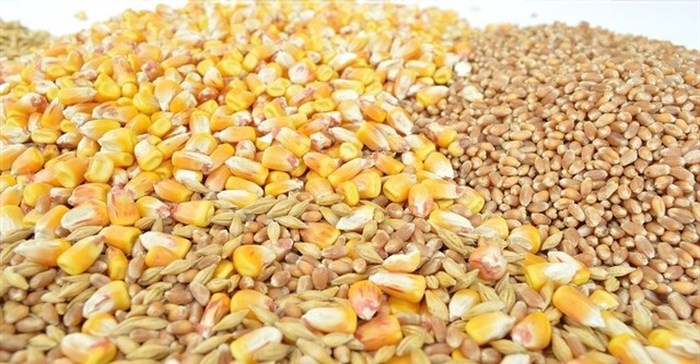Led by sugar and cereals, while global markets remain well supplied, the FAO Food Price Index rose significantly in January - averaging 173.8, its highest value in almost two years, a 2.1 percent increase from its revised December value and 16.4 percent above its 2016 January level. While 2016 marked the fifth consecutive year the index has fallen, January marked its sixth monthly increase in a row.
The FAO Sugar Price Index surged 9.9 percent in the month, driven by expectations of protracted supply tightness in Brazil, India, and Thailand.
The FAO Cereal Price Index rose 3.4 percent from December to a six-month high, with wheat, maize, and rice values all increasing. Wheat markets reacted to unfavourable weather conditions hampering this season's crops as well as reduced plantings in the United States of America, while higher maize prices mostly reflected strong demand and uncertain crop prospects across South America. International prices of rice also rose, in part due to India's ongoing state procurement programme, reducing the quantities available for export.
The FAO Vegetable Oil Price Index rose 1.8 percent, due mostly to low global inventory levels of palm oil coupled with a slow production recovery in Southeast Asia. Soy oil prices, by contrast, eased on expectations of ample global availability.
The FAO Dairy Price Index was unchanged from December, a marked departure from the 50 percent increase it posted between May and December last year.
The FAO Meat Price Index was also practically unchanged, with a rise in bovine meat quotations - the result of herd rebuilding in Australia - offset by lower prices of ovine and other meats.
World cereal stocks at all-time high boosted by record production
Worldwide inventories of cereals are on course to reach an all-time record level by the end of seasons in 2017, according to FAO's latest Cereal Supply and Demand Brief.
Latest figures put global cereal stocks at 681 million tonnes, up 1.5 percent from their December forecasted level and 3 percent from the previous season. World wheat inventories would likely hit a new record of 245 million tonnes, marking an 8.3 percent annual increase. Coarse grain stocks are forecast to grow by 0.7 percent to reach their second-highest level on record, while rice stocks are set to decline slightly although ending the season at a near-record 170 million tonnes.
FAO has also raised its estimate of global cereal output in 2016 by 15 million tonnes to 2,592 million tonnes, due primarily to larger-than-expected wheat harvests in Australia and the Russian Federation.
World cereal utilisation, as well as trade, are also set to be significantly higher than earlier anticipated.
Looking ahead
Looking further ahead, early production prospects for 2017 are mixed, according to FAO. Low prices prompted farmers in North America to reduce acreage sowed to wheat - to their second-lowest level on record in the United States - while the opposite trend was seen in the Russian Federation.
For rice, excess rains over parts of Vietnam and inadequate rainfall in Sri Lanka will likely curb rice output. For other grains, generally positive conditions appear to be in place. Maize output in Southern African countries is poised to rebound to near-average levels, thanks to more plantings and better yields after last year's severely dry conditions. High local prices and conducive weather point to larger grain plantings in Argentina and Brazil.
































